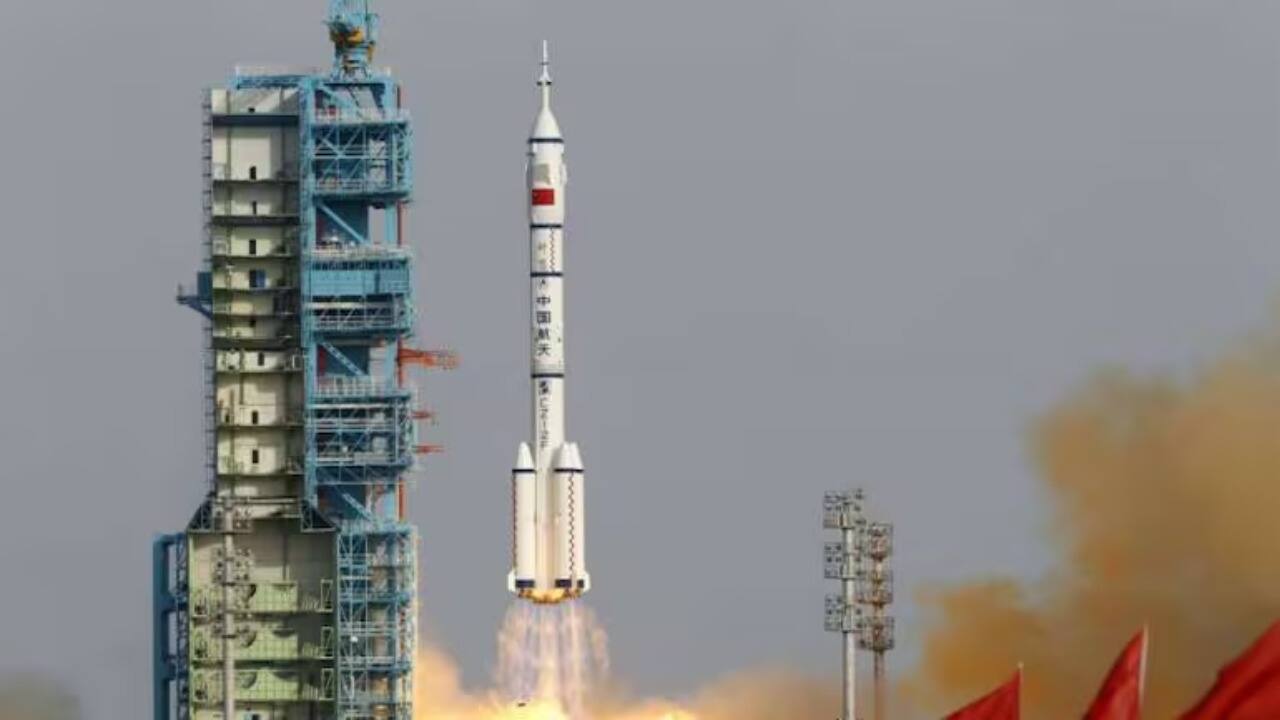
CHINA’S ‘MYSTERIOUS’ REUSABLE EXPERIMENTAL SPACECRAFT RETURNS TO EARTH AFTER 268 DAYS IN ORBIT
A reusable experimental spacecraft launched by China successfully on December 14, 2023, aboard a Long March-2F carrier rocket, returned to its scheduled landing site after spending 268 days in orbit, according to a report by Xinhua News Agency on September 6. The spacecraft, which was launched from the Jiuquan Satellite Launch Center in northwest China, is part of China's ongoing efforts to "conduct verifications for reusable technologies and space science experiments to provide technical support for the peaceful use of space" as reported by the state media.
The spacecraft returned to Earth following its third flight.
However, the Chinese government has not released any pictures, footage, or detailed information about the spacecraft's return. The specific objectives and activities of the spacecraft during its orbit remain largely undisclosed. There is also no additional information from Chinese state media about the technologies tested during this mission.
Astrophysicist Jonathan McDowell from the Harvard-Smithsonian Center for Astrophysics speculated that the spacecraft likely passed over its expected landing site at Lop Nur in the Xinjiang Autonomous Region at around 9:10 p.m. Eastern on September 5. McDowell also suggested that the spacecraft may have deployed a subsatellite or a piece of hardware ejected before completing its mission, a tactic that was employed during its previous flight.
The second and third missions have seen the main spacecraft appear to conduct rendezvous and proximity operations (RPO) with the object it released. The third flight saw RPOs conducted in June. While it is unclear if the spaceplane briefly retrieved and re-released the object, their close approach suggests intentional proximity operations, SpaceNews reported.
The spacecraft's previous two missions have been similarly shrouded in mystery. China's first successful launch of a reusable spacecraft occurred on September 4, 2020, with the spacecraft remaining in orbit for only two days before safely returning to its designated landing site. The second mission, conducted in August 2022, lasted 276 days in orbit before its return to Earth.
The development of the reusable spacecraft is reportedly aligned with China’s long-term objectives, which include establishing a space station in Earth's orbit by the early 2020s and landing astronauts on the moon by the mid-2030s.
Specifics regarding the objectives or technologies tested in the first and second missions also remain unclear. Additionally, China has not released any images of the spacecraft to the public.
2024-09-06T17:11:39Z dg43tfdfdgfd